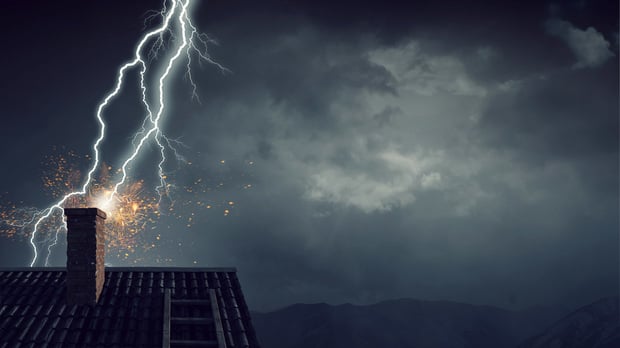 Another variation on roof tech is the type of imaging. Normal visible light can do a lot, but so can implementations of infrared imaging. The term infrared refers to a variety of electromagnetic wavelengths longer than visible light. A common application is to scan for sources of heat. (Credit: Sergey Nivens/Shutterstock.com)
Another variation on roof tech is the type of imaging. Normal visible light can do a lot, but so can implementations of infrared imaging. The term infrared refers to a variety of electromagnetic wavelengths longer than visible light. A common application is to scan for sources of heat. (Credit: Sergey Nivens/Shutterstock.com)
In the aftermath of a storm, the roof may not be the most appealing place to venture, but it's integral it be inspected quickly for damage. Even when the weather is fair, it's important to regularly monitor the state of your roof in order to provide proper maintenance and prevent unnecessary loss.
Recommended For You
Want to continue reading?
Become a Free PropertyCasualty360 Digital Reader
Your access to unlimited PropertyCasualty360 content isn’t changing.
Once you are an ALM digital member, you’ll receive:
- Breaking insurance news and analysis, on-site and via our newsletters and custom alerts
- Weekly Insurance Speak podcast featuring exclusive interviews with industry leaders
- Educational webcasts, white papers, and ebooks from industry thought leaders
- Critical converage of the employee benefits and financial advisory markets on our other ALM sites, BenefitsPRO and ThinkAdvisor
Already have an account? Sign In Now
© Touchpoint Markets, All Rights Reserved. Request academic re-use from www.copyright.com. All other uses, submit a request to [email protected]. For more inforrmation visit Asset & Logo Licensing.







